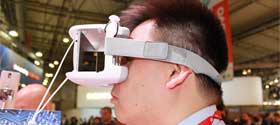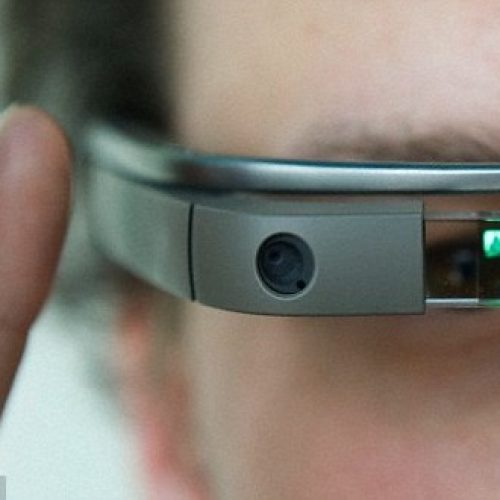Augmented Reality and Virtual Reality
The subject of fascination for many in tech is the future of Virtual Reality and Augmented Reality, as these technologies take big strides, moving into our lives.
These technologies have existed in some form for decades, but only now have they garnered considerable attention. Virtual Reality was a hot topic even some 20 years ago when several organizations attempted but failed to make it work. Augmented Reality, on the other hand, found more success.
According to research Virtual and Augmented Reality is expected to become an $80 billion market by the year 2025, which is roughly the size of the desktop PC market today.
Both Virtual Reality and Augmented Reality are used to create virtual content that users can interact with in various ways. Both these technologies are used in the areas such as education, medical, entertainment, media and so on.
Despite both being cutting edge technologies promising tremendous growth, the bigger confusion that exists is the difference between Augmented Reality and Virtual Reality. To take the discussion further, let’s find out those differences and evaluate how both technologies measure up.
Augmented Reality versus Virtual Reality


Delivery
For Virtual Reality, a coding language called Virtual Reality Modeling Language (VRML) is usually used to create a series of images and specify types of interactions possible. Users need head-mounted display or hand-held controllers to connect to Virtual Reality, an environment that simulates the real world. Users can then control and navigate their actions. The display devices used are fully immersive, wide field of view (FOV).
Some examples of this in gaming and entertainment are video and computer games, and 3D movies. For instance, creation of flight simulators helps pilots practice training.
Augmented Reality is being widely used in mobile devices such as laptops, smartphones, and tablets to change how the real world and digital images, graphics intersect and interact. The display devices used are non-immersive with small FOV.
What’s the Future of Augmented Reality and Virtual Reality?
Virtual Reality and Augmented Reality may follow slightly different paths but it is clear that technologies will not remain restricted to just the gaming and entertainment markets. There will be rapid advancement if businesses, industry, universities, airlines, and schools adopted these technologies.
Both technologies are being plugged as the key to training medical students by replacing textbooks. To this end, Microsoft has already partnered with select universities in the US. They’ve released a video to show how Augmented Reality can be used to teach anatomy. There’s tremendous scope for using Virtual Reality in hospitals to train doctors to be better surgeons.
Even in the case of educational institutions where field trips are limited because of distance and time, these technologies can be employed to fill an important gap. Travelers can then access real-time information about historical places simply by pointing camera viewfinder to subjects.
Let’s take an example of a Virtual Reality application. You are looking to buy a home and have shortlisted a few properties that you’d like to visit over the weekend. Instead of visiting each of those, what if you could wear Virtual Reality head-mounted display in the realtor’s office and do a Virtual walk-through to further prune the list. You wouldn’t then need to visit all shortlisted homes and will be able to use your time more efficiently.
As it stands today, Augmented Reality has the upper hand and is ahead of Virtual Reality market, in terms of commercial success.
About author
You might also like
Why products like Google Glass were Unsuccessful in the Market
Wikipedia: Google started selling a prototype of Google Glass to qualified “Glass Explorers” in the US on April 15, 2013. For a limited period for $1,500, before it became available
All Free Gay Porn My-Gay-Sites
really We do! I may not have much of a history in the world of homoerotic media, but rest assured that I still know the ins and outs of male
Don’t just join the Bandwagon… Accelerate in Data Sciences
The ROI on sound Data Science investments is insanely high. Leaving money on table is never a good decision.







0 Comments
No Comments Yet!
You can be first to comment this post!